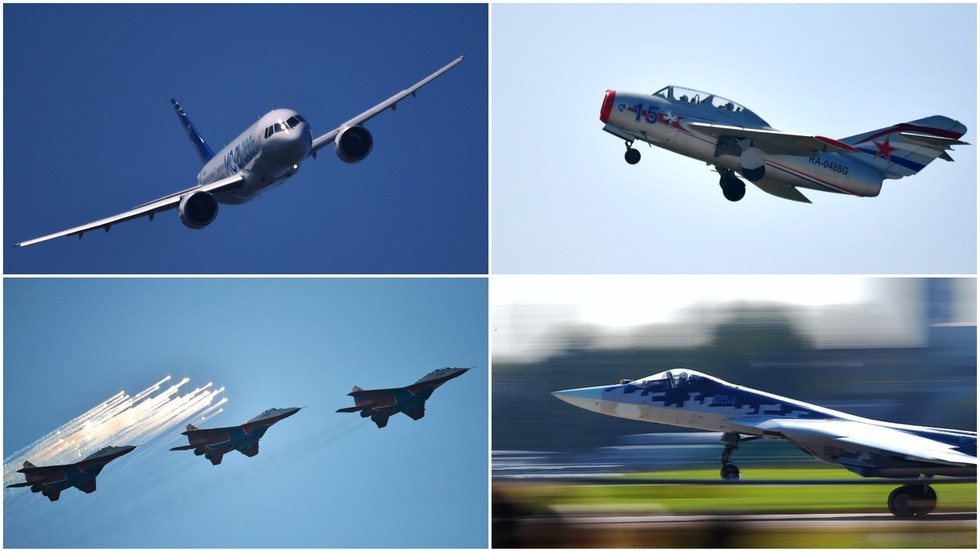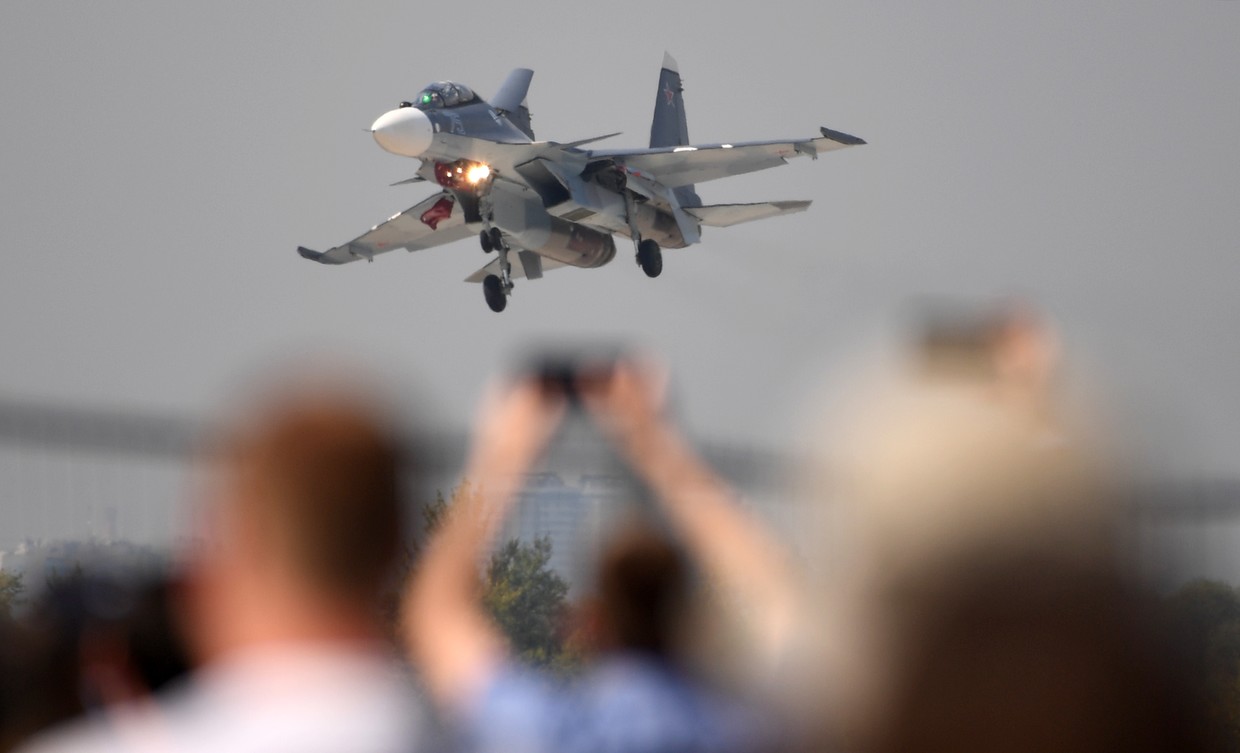September 3, 2019
United Airline and American Airlines further prolonged the grounding of their Boeing 737 MAX airplanes. They now schedule the plane's return to the flight line in December. But it is likely that the grounding will continue well into the next year.
After Boeing's shabby design and lack of safety analysis of its Maneuver Characteristics Augmentation System (MCAS) led to the death of 347 people, the grounding of the type and billions of losses, one would expect the company to show some decency and humility. Unfortunately Boeing behavior demonstrates none.
There is still little detailed information on how Boeing will fix MCAS. Nothing was said by Boeing about the manual trim system of the 737 MAX that does not work when it is needed. The unprotected rudder cables of the plane do not meet safety guidelines but were still certified. The planes flight control computers can be overwhelmed by bad data and a fix will be difficult to implement. Boeing continues to say nothing about these issues.
International flight safety regulators no longer trust the Federal Aviation Administration (FAA) which failed to uncover those problems when it originally certified the new type. The FAA was also the last regulator to ground the plane after two 737 MAX had crashed. The European Aviation Safety Agency (EASA) asked Boeing to explain and correct five major issues it identified. Other regulators asked additional questions.
Boeing needs to regain the trust of the airlines, pilots and passengers to be able to again sell those planes. Only full and detailed information can achieve that. But the company does not provide any.
As Boeing sells some 80% of its airplanes abroad it needs the good will of the international regulators to get the 737 MAX back into the air. This makes the arrogance it displayed in a meeting with those regulators inexplicable:
Friction between Boeing Co. and international air-safety authorities threatens a new delay in bringing the grounded 737 MAX fleet back into service, according to government and pilot union officials briefed on the matter.
The latest complication in the long-running saga, these officials said, stems from a Boeing briefing in August that was cut short by regulators from the U.S., Europe, Brazil and elsewhere, who complained that the plane maker had failed to provide technical details and answer specific questions about modifications in the operation of MAX flight-control computers.The fate of Boeing's civil aircraft business hangs on the re-certification of the 737 MAX. The regulators convened an international meeting to get their questions answered and Boeing arrogantly showed up without having done its homework. The regulators saw that as an insult. Boeing was sent back to do what it was supposed to do in the first place: provide details and analysis that prove the safety of its planes.
What did the Boeing managers think those regulatory agencies are? Hapless lapdogs like the FAA managers who signed off on Boeing 'features' even after their engineers told them that these were not safe?
Buried in the Wall Street Journal piece quoted above is another little shocker:
In recent weeks, Boeing and the FAA identified another potential flight-control computer risk requiring additional software changes and testing, according to two of the government and pilot officials.The new issue must be going beyond the flight control computer (FCC) issues the FAA identified in June.
Boeing's original plan to fix the uncontrolled activation of MCAS was to have both FCCs active at the same time and to switch MCAS off when the two computers disagree. That was already a huge change in the general architecture which so far consisted of one active and one passive FCC system that could be switched over when a failure occurred.
Any additional software changes will make the issue even more complicated. The 80286 Intel processors the FCC software is running on is limited in its capacity. All the extras procedures Boeing now will add to them may well exceed the system's capabilities.
Changing software in a delicate environment like a flight control computer is extremely difficult. There will always be surprising side effects or regressions where already corrected errors unexpectedly reappear.
The old architecture was possible because the plane could still be flown without any computer. It was expected that the pilots would detect a computer error and would be able to intervene. The FAA did not require a high design assurance level (DAL) for the system. The MCAS accidents showed that a software or hardware problem can now indeed crash a 737 MAX plane. That changes the level of scrutiny the system will have to undergo.
All procedures and functions of the software will have to be tested in all thinkable combinations to ensure that they will not block or otherwise influence each other. This will take months and there is a high chance that new issues will appear during these tests. They will require more software changes and more testing.
Please go to Moon of Alabama to read the entire article.
________
Source: RT News
Next-gen airliners, retro planes, VIP choppers: Highlights of Russia's MAKS-2019 airshow (PHOTOS)
September 2, 2019
MC-21, MiG-15, Su-30SM and Su-57 at MAKS-2019 airshow © RIA Novosti / Mikhail Voskresensky; Yevgeny BIyatov
An array of existing and future jets made their debut at this year's edition of Russia’s MAKS airshow, amazing visitors and impressing prospective buyers. Here are the best takeaways from the event – in case you missed it.
The 2019 event kicked off at Zhukovsky airfield near Moscow last Tuesday, with as many as 600,000 people attending the exhibition. On Friday, MAKS finally opened its doors to the public, much to the delight of aviation geeks, plane spotters, and airshow lovers. Countless fighter jets, civilian airliners, helicopters, drones and airspace equipment was put on display on the airfield and in several hangars.
READ MORE: MAKS 2019 airshow set to bring Russia BILLIONS in military contracts
As in previous years, a number of aircraft made spectacular debuts and stole the limelight at MAKS.
An Su-30SM makes flypast at MAKS-2019 © Sputnik / Ilya Pitalev
One of the most anticipated attractions was the MC-21, Russia’s two-engine, narrow-body passenger plane, which is set to compete with the newest models of the Airbus A321 and Boeing 737 MAX family.
Первый полет самолета МС-21-300
Irkut, the aircraft manufacturer, has just rolled out the latest trial version of the plane, which is fitted with a single-aisle cabin, a modern, digitized 'glass cockpit,' as well as Pratt & Whitney engines. The engineers say the MC-21 will burn less fuel, provide more comfort for passengers and crew, and will be built using ultra-light composite materials.
Please go to RT News to read the entire article.


No comments:
Post a Comment
Note: Only a member of this blog may post a comment.